Disruptions as widespread and impactful as the COVID-19 pandemic are rare.
The social and economic impact of the outbreak is so substantial that it will undoubtedly cause lingering ripple effects that last well into the future. As part of these changes, many companies are starting to realize they need and want different things from their physical locations.
Like many industries, the commercial real estate market has faced mounting difficulties amid the pandemic. In some markets, leasing volumes declined by 25% year-over-year, and 74% of investors shelved their commercial real estate plans. If the industry hopes to recover from these losses and thrive in a post-pandemic market, it must adapt.
Here are six changes that we need to see in commercial design for our industry's best chance of post-pandemic success.
Flexible Layouts
One of the most significant changes impacting the commercial real estate market is the remote work revolution. As of September 2021, 45% of full-time employees worked remotely at least part-time, and many will likely continue to do so. Simultaneously, some companies have seen unexpected growth and will need more office space.
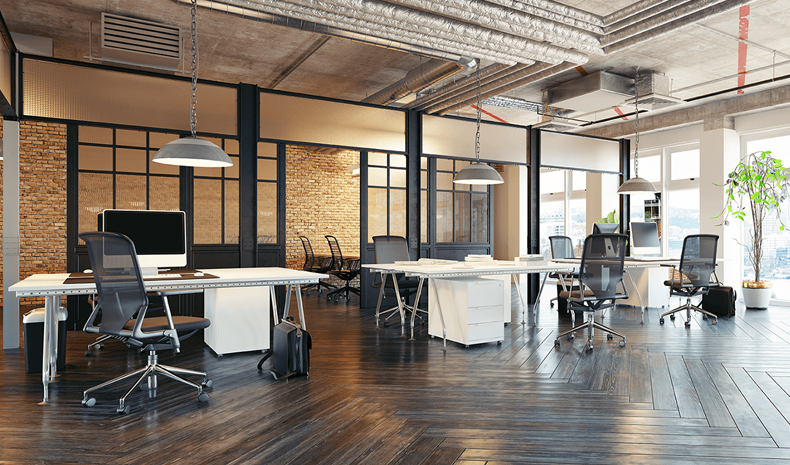
Image source: Landmark Commercial Realty
Post-pandemic workspaces should be flexible enough to serve both of these needs. The traditional, rigid office structure may fall out of favor as companies shift between remote and in-office work and various businesses adapt to new circumstances. Hybrid, easily adjustable building layouts can account for these ongoing changes and disparate demands.
Adjustable walls and dividers are prime examples of flexible office design choices. With this infrastructure, tenants and property owners can rearrange spaces as necessary, accounting for dynamic occupancy considerations. This will also allow multiple businesses with individual needs to share the same space.
Similarly, spaces should be designed with flexible IT infrastructure to accommodate fluctuations in layout quickly and inexpensively. Products like Gridd® by FreeAxez, an adaptive cabling distribution system that allows for easy cable access and management, will become even more essential to maintain flexibility in workspaces.
More Outdoor Space
Another factor that post-pandemic commercial building design must account for is the demand for outdoor space. After months in relative isolation, businesses and their employees have grown aware of how important fresh air and sunlight are for health and productivity. As a result, they’ll want more access to the outdoors in their workspaces.
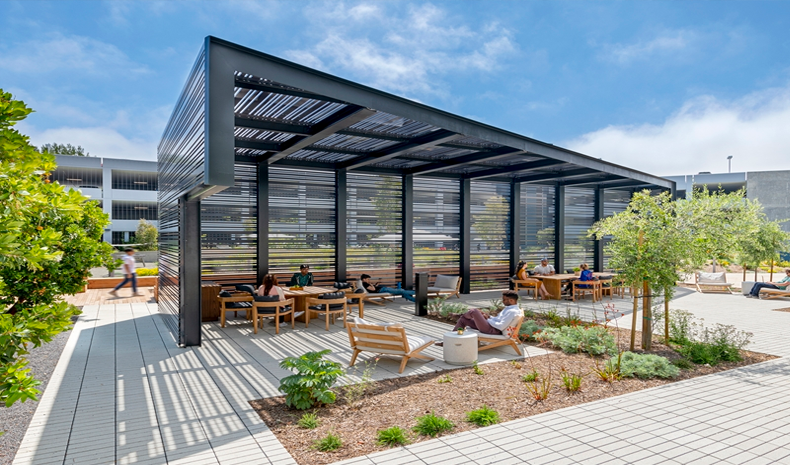
Image source: CommercialSearch
The most straightforward way to embrace this trend is through large windows and balconies. However, you can go further, too, by creating hybrid indoor-outdoor commercial spaces. Courtyards can bring an outdoor feel to more private indoor spaces, helping employees feel refreshed while minimizing distractions.
When it’s not possible to create these hybrid indoor-outdoor spaces, interiors can emulate the feel of the outdoors. Fountains and plenty of greenery can offer some of the benefits of nature without exposing businesses to the elements. Softer yellow lighting can act similarly, emulating sunlight. (Read more about the benefits of biophilic design here.)
Touch-Free Technology
The pandemic has also revealed how prevalent high-touch surfaces are in many workspaces. From doorknobs to light switches to buttons, many commercial spaces are full of common points of contact that could help spread diseases. Surface disinfectant sales rose by 30% in 2020, indicating a growing awareness and concern over these high-touch areas.
You can account for this concern by implementing touch-free technology. Motion sensors, for example, can turn lights on and off as people enter and exit rooms, removing the need for high-touch light switches. Similarly, automatic doors and turnstiles and products like the Speedlane Compact from Boon Edam can minimize cross-contamination by eliminating door handles.

Image source: Boon Edam
Touch-free technology has the added benefit of being convenient. Including these built-in features in commercial spaces will appeal to businesses’ needs for both cleanliness and efficiency.
Hygiene-First Design
Along those same lines, commercial property owners and tenants will appreciate designs that enable higher hygiene standards. While many hygiene considerations are a matter of use, some design choices can make it easier to keep spaces clean. One of the most substantial of these changes is an emphasis on free and open airflow.
While social distancing may not be necessary post-pandemic, many businesses will prefer it as a general hygiene step. Good ventilation systems are part of the solution, but spaces should also be more open to allow freer airflow and improve comfort. For example, elevators, which are often poorly ventilated, can be wider to accommodate more people without cramping.

Image source: Formaspace
Other hygiene-first design choices include avoiding unusual angles that make it difficult to clean and using non-porous materials. These measures will make it easier for businesses to maintain cleanliness and feel healthier.
Smart Buildings
The post-pandemic commercial real estate market can also benefit from following some consumer space trends. More specifically, smart home technology can offer businesses many of the same benefits they provide for consumers. Having these systems built-in can appeal to companies now rapidly embracing digital transformation to mitigate losses.
Some smart technologies, like those connected to HVAC systems or lights, can reduce businesses’ operating expenses. These technologies use up to 90% less energy than their traditional counterparts, representing considerable savings for end-users. After pandemic-era losses, that drop in expenses will be a welcome change.
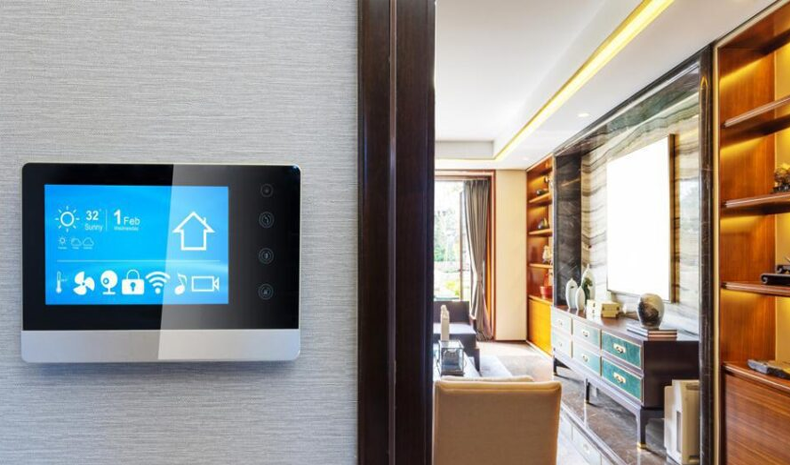
Image source: Forbes
Extensive built-in smart technologies also offer a high-tech, engaging environment workers may not experience at home. As flexible working arrangements blur the lines between home and the office, that will become increasingly crucial.
Resimercial Design
Finally, post-pandemic commercial spaces should embrace resimercial design, which combines elements of home and office environments. After months of remote work, employees won’t likely want to return to traditional workspaces. Employers will then seek out more comfortable resimercial designs to aid post-pandemic productivity.
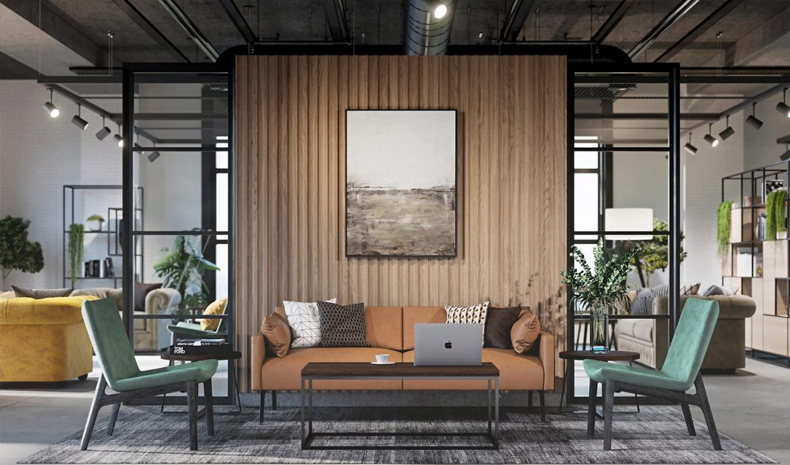
Many of these design choices follow a principle of favoring comfort over traditional ideas of professionalism and productivity. Switching out harsh fluorescent lighting for yellow light, for example, can make workspaces feel more home-like. Materials like wood and leather also help elevate workspace aesthetics and comfort. Brands like Mateo Goods manufacture commercial furniture that leverages vibrant, modern colors and quality materials to evoke a sense of hominess.
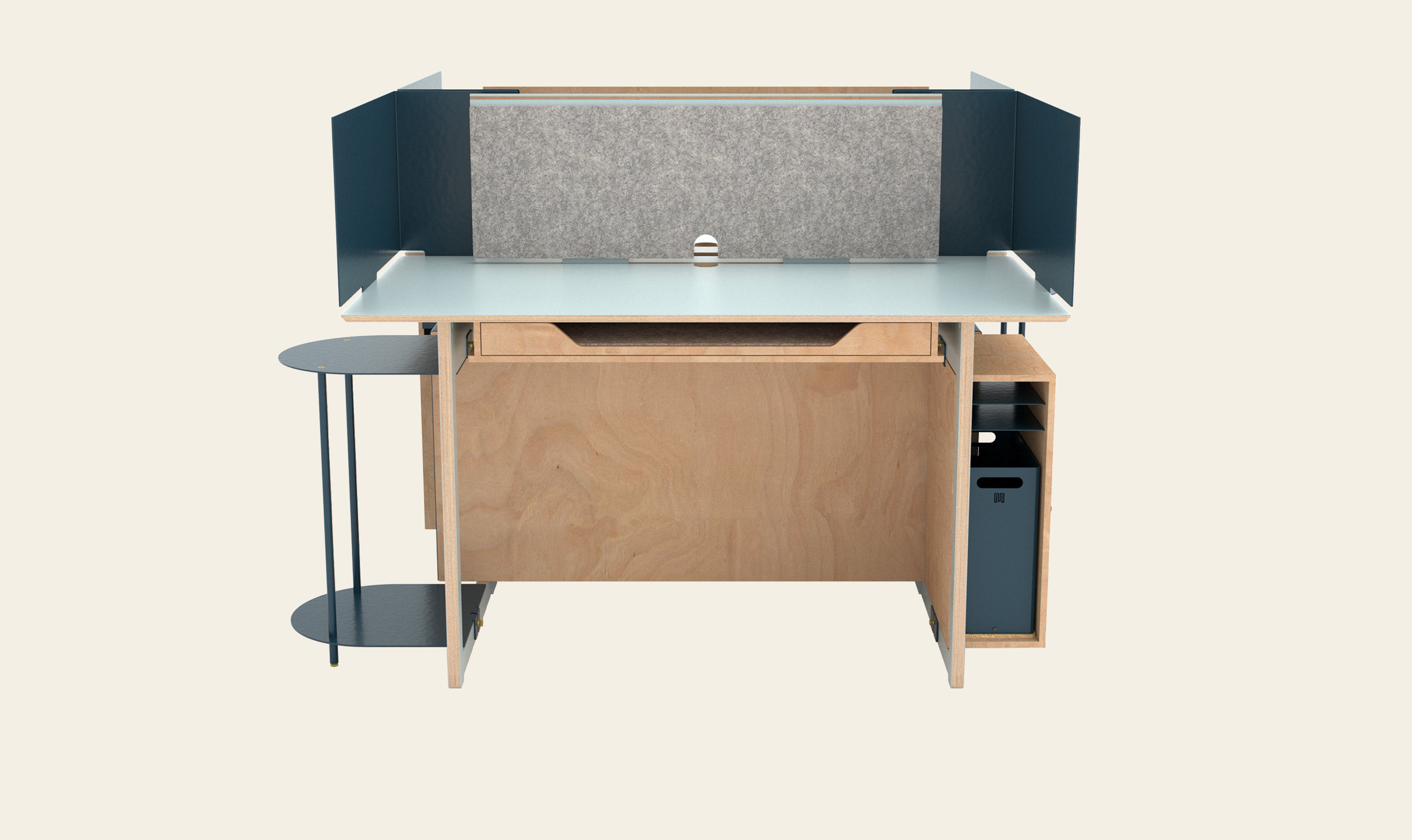
Keep in mind that these designs shouldn’t interfere with the work a company performs. While comfort does help boost productivity, the key here is to balance work and home elements, not replace office elements entirely. Tomorrow’s workspaces must be more home-like than traditional offices, but they have to be different from workers’ homes, too.
Commercial Spaces Must Change
The pandemic has revealed many shortcomings in modern design and shifted businesses’ values. As the commercial real estate industry attempts to recover, it needs to keep these changes in mind. Those that can adapt could see growing success in the future, and those that don’t may fall behind.
These six changes can help push the industry forward and account for developing trends. Incorporating one or more of them into commercial space designs will help you meet businesses’ changing needs and ensure ongoing success.
--
Rose Morrison
Rose Morrison is a construction and design blogger and the managing editor for Renovated. To read more posts by Rose, check out her blog.















Guest, 2/22/2022 6:32:34 AM
Thanks for sharing such an informative blog ..
Mass , 2/22/2022 6:33:43 AM
Thanks for sharing such an informative blog..
Sanjana, 5/3/2024 9:58:54 AM
Thank you for sharing this valuable information. I appreciate you taking the time to explain this to me. Our Company <a href="https://octiot.com/">OCTIOT</a> deals in occupancy sensor, microwave sensor, Pir sensor and many more. If you are looking for <a href="https://octiot.com/motion-sensor-led-light/">Motion Sensor Light</a> connect with us. Our telephone number is +91-8860012342.